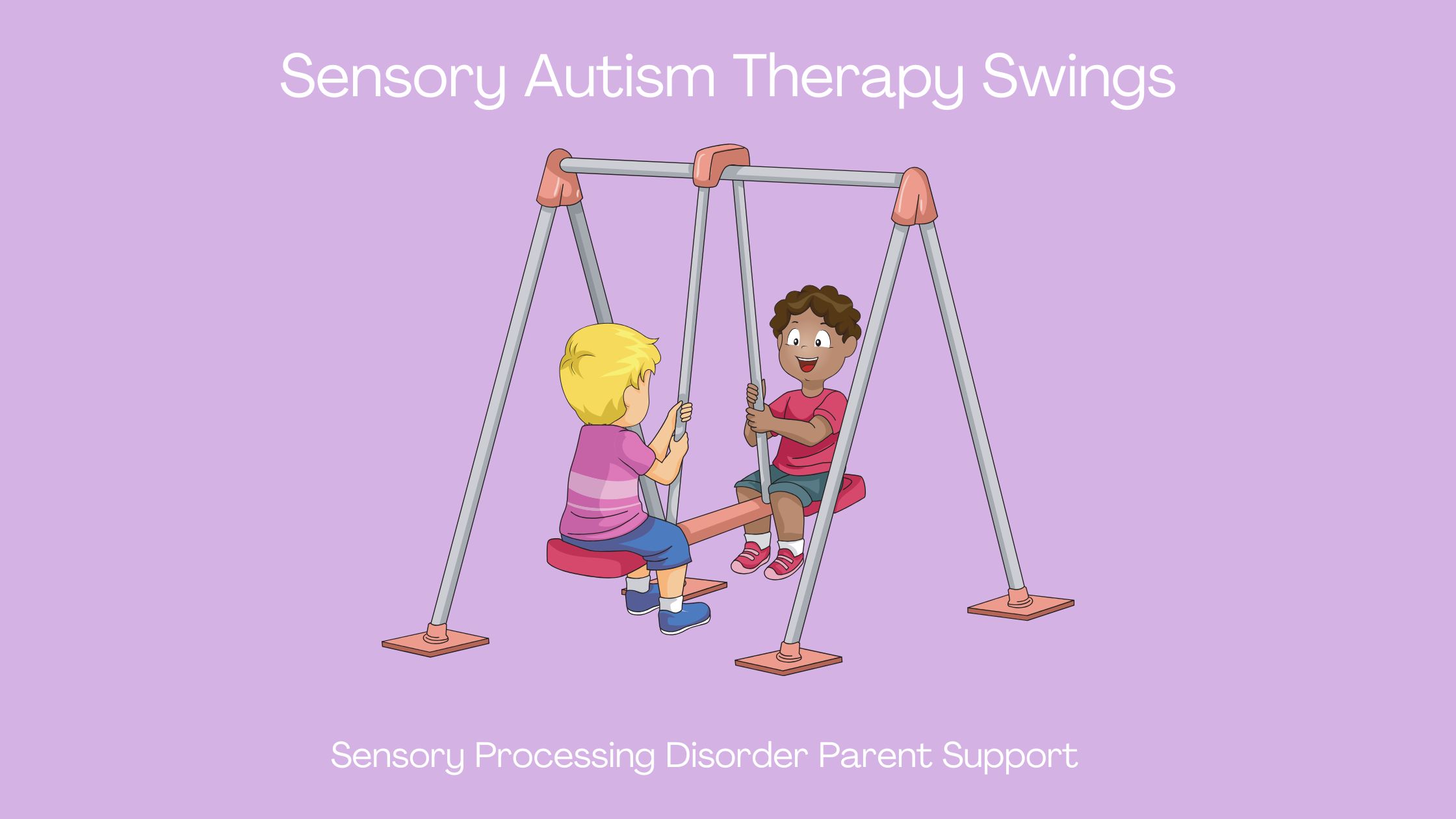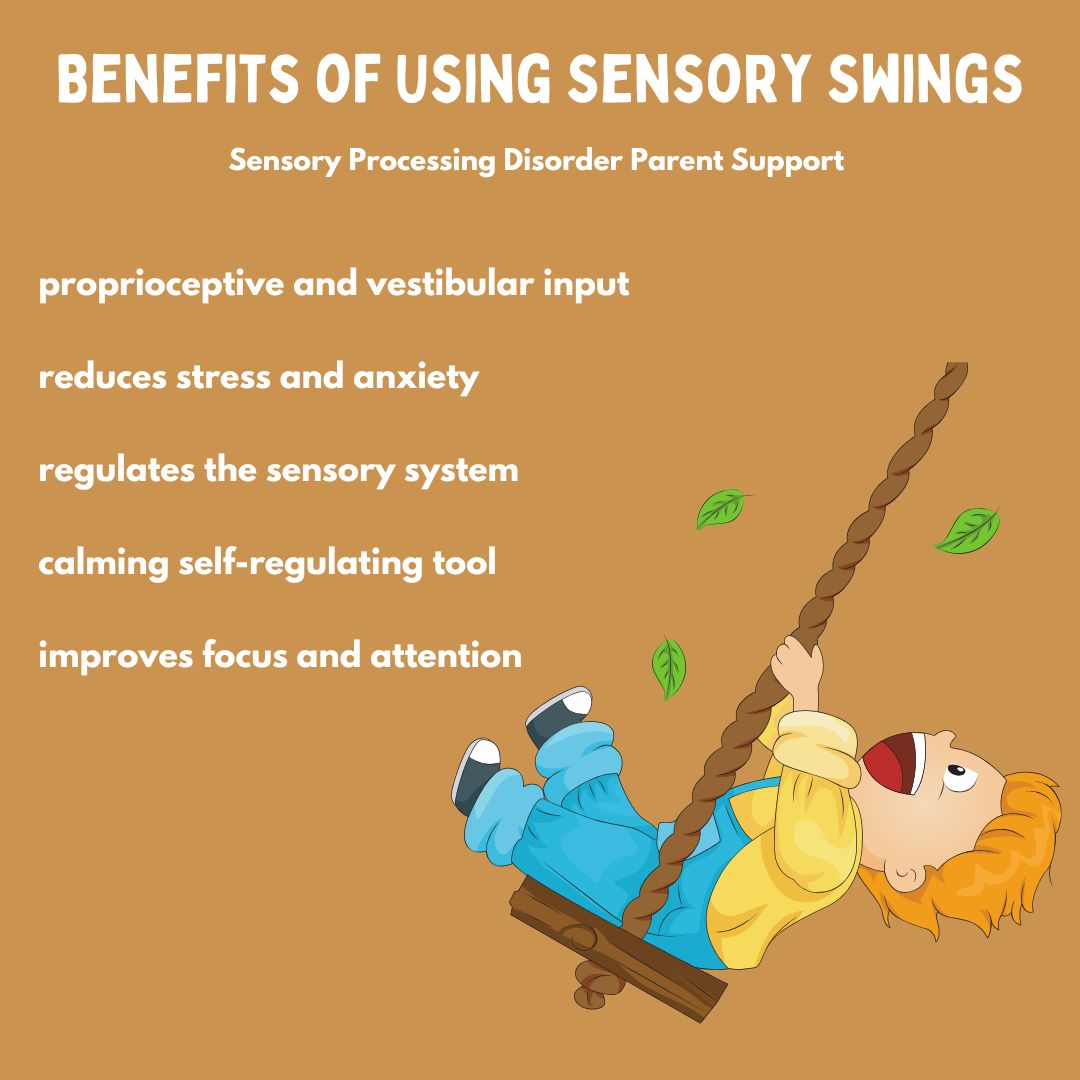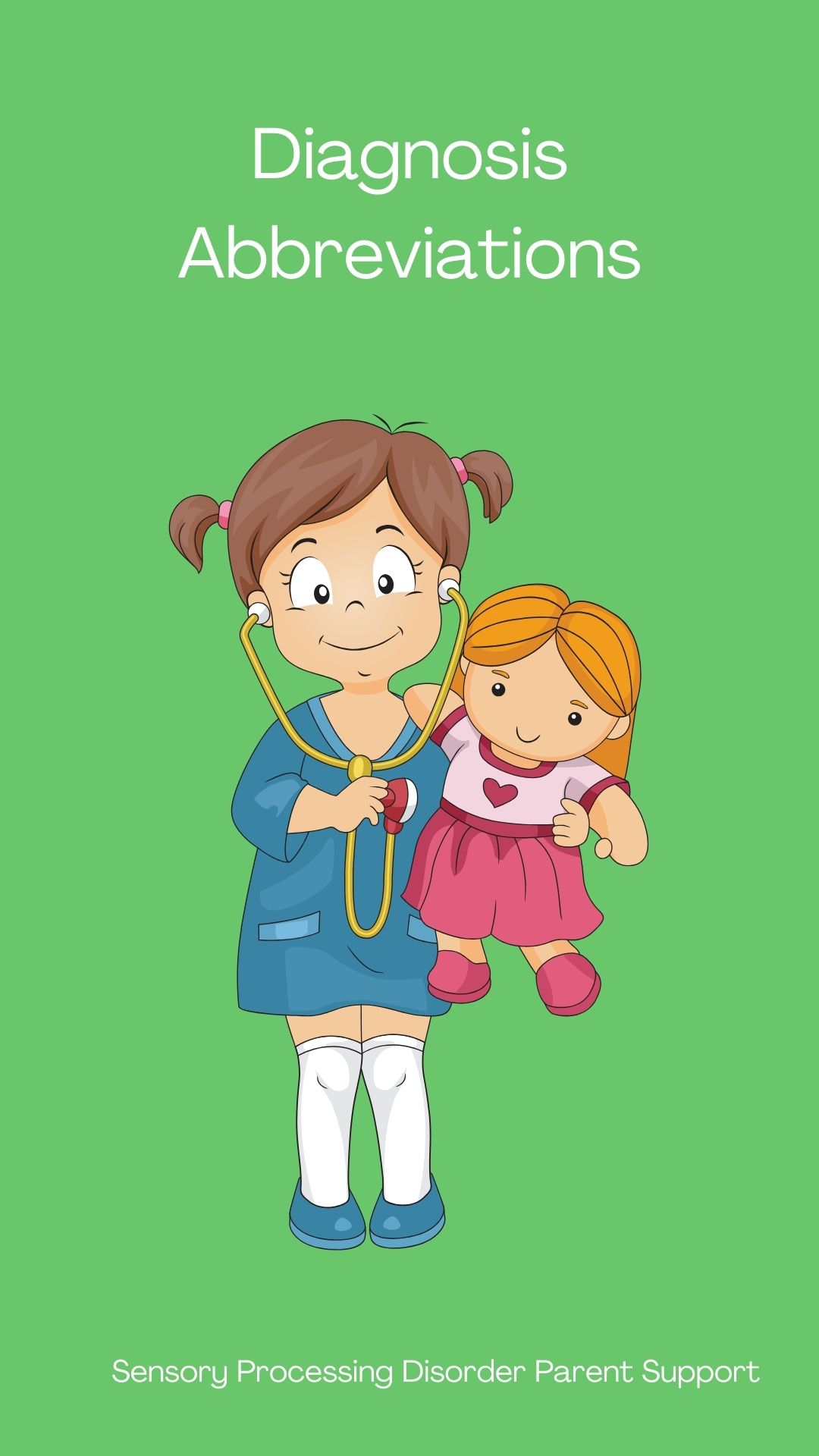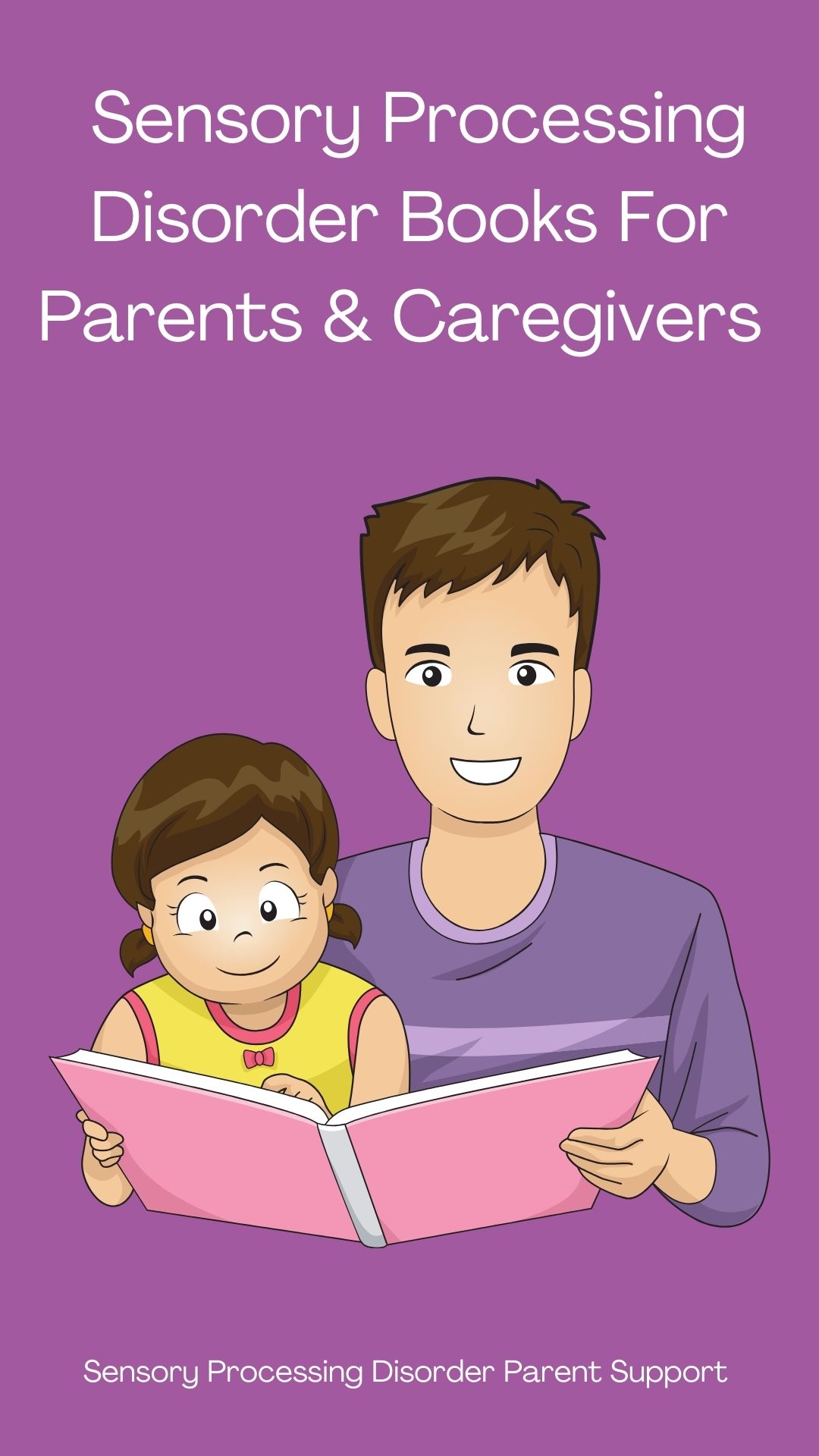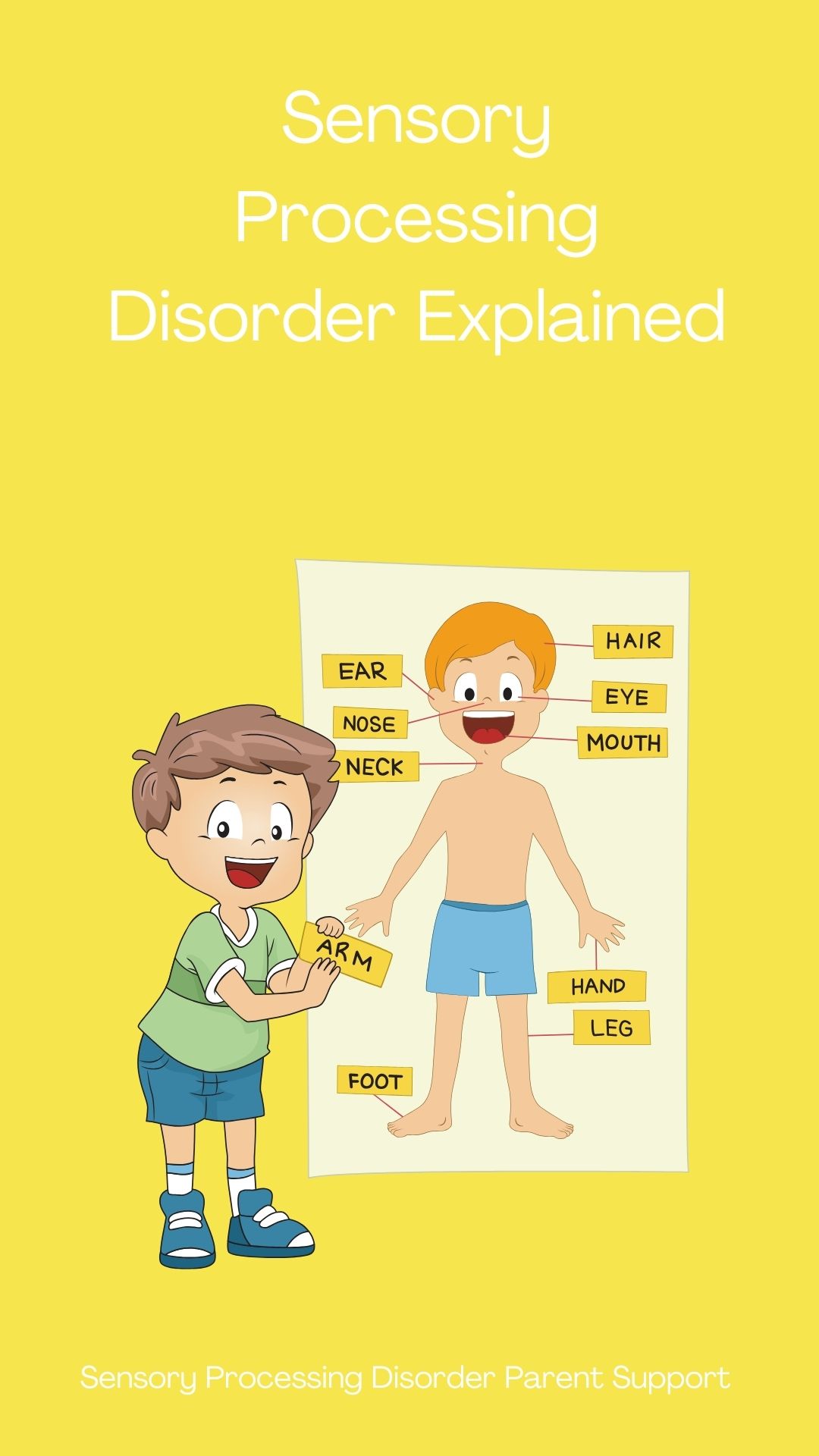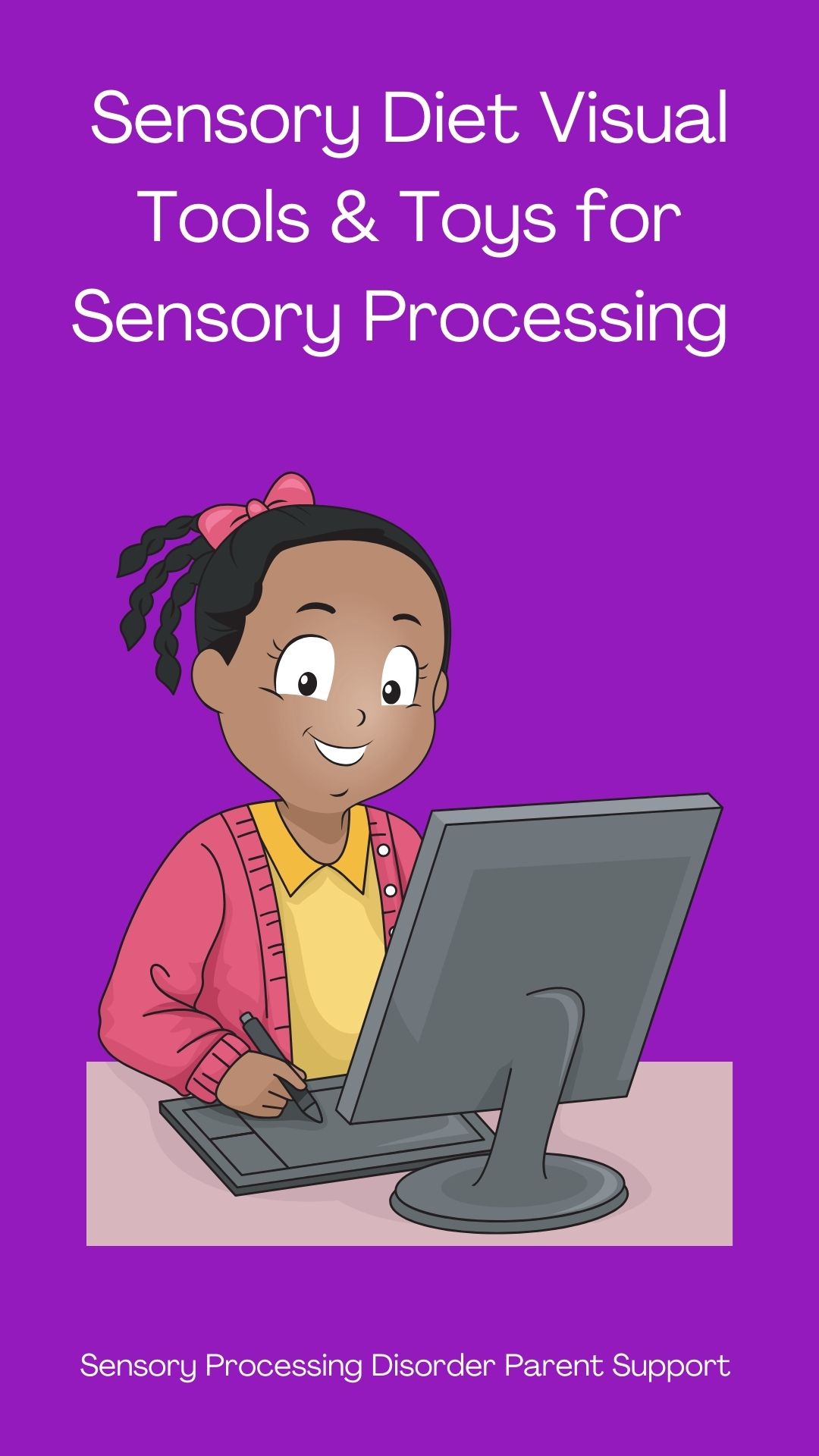
Sensory Processing Disorder Parent Support
Sensory Autism Therapy Swings
Children with sensory differences ... painting the world beautiful.
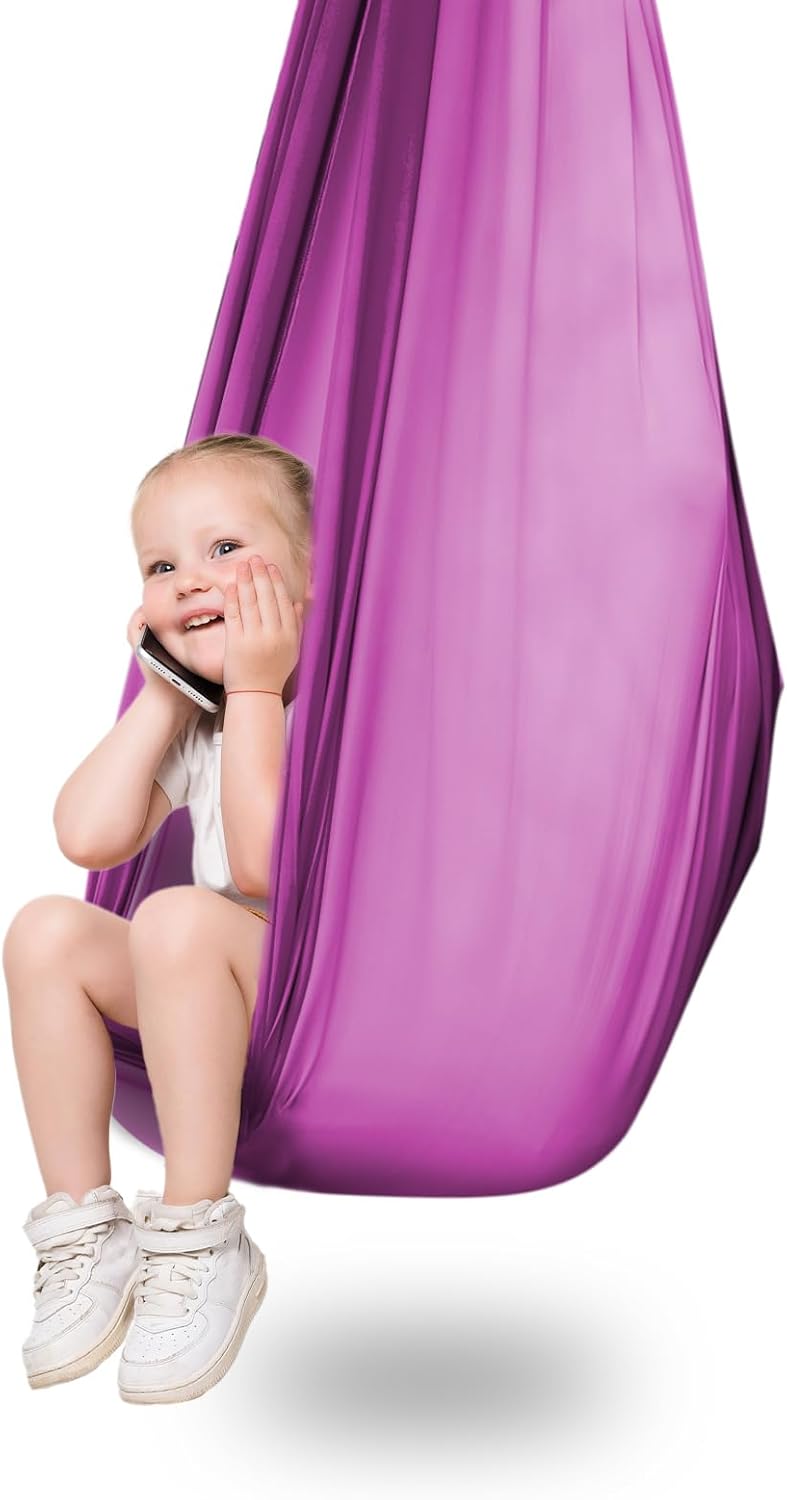
Amazon
Sensory Swing for Kids Indoor Outdoor

Abby & Noah Co.
Sensory Swing Indoor or Outdoor Hammock
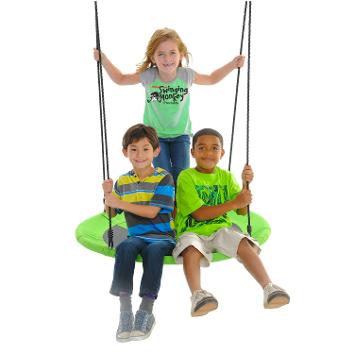
Amazon
Swinging Monkey Giant Saucer Tree Swing
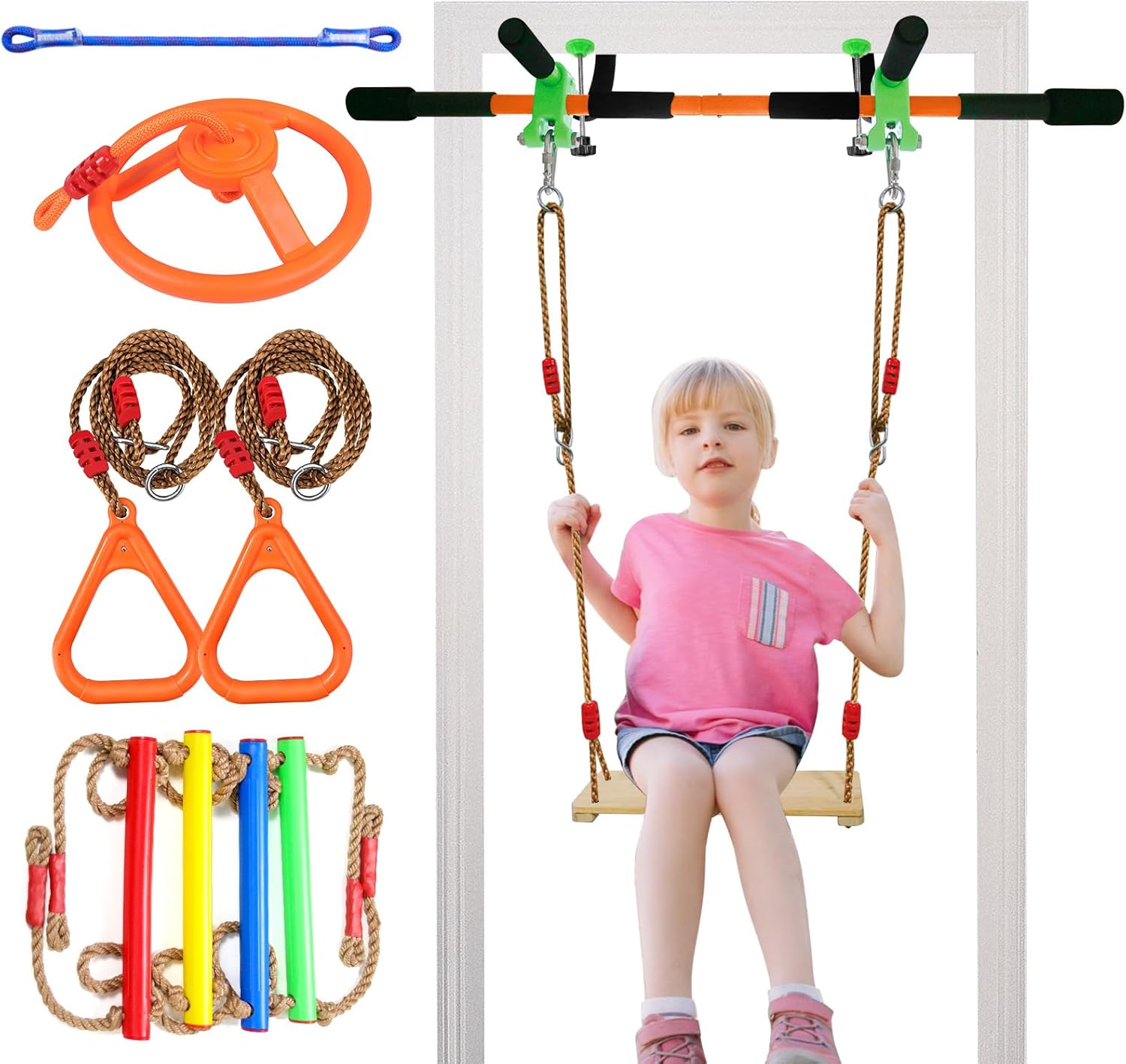
Amazon
Indoor Doorway Sensory Swing for Kids
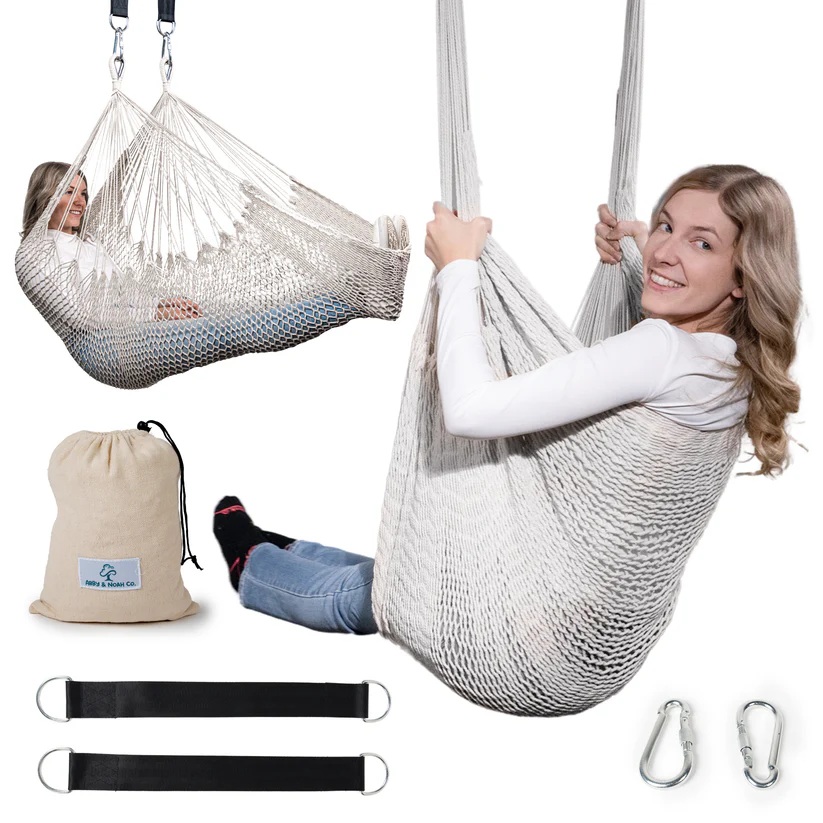
Abby & Noah Co.
Compression Sensory Swing
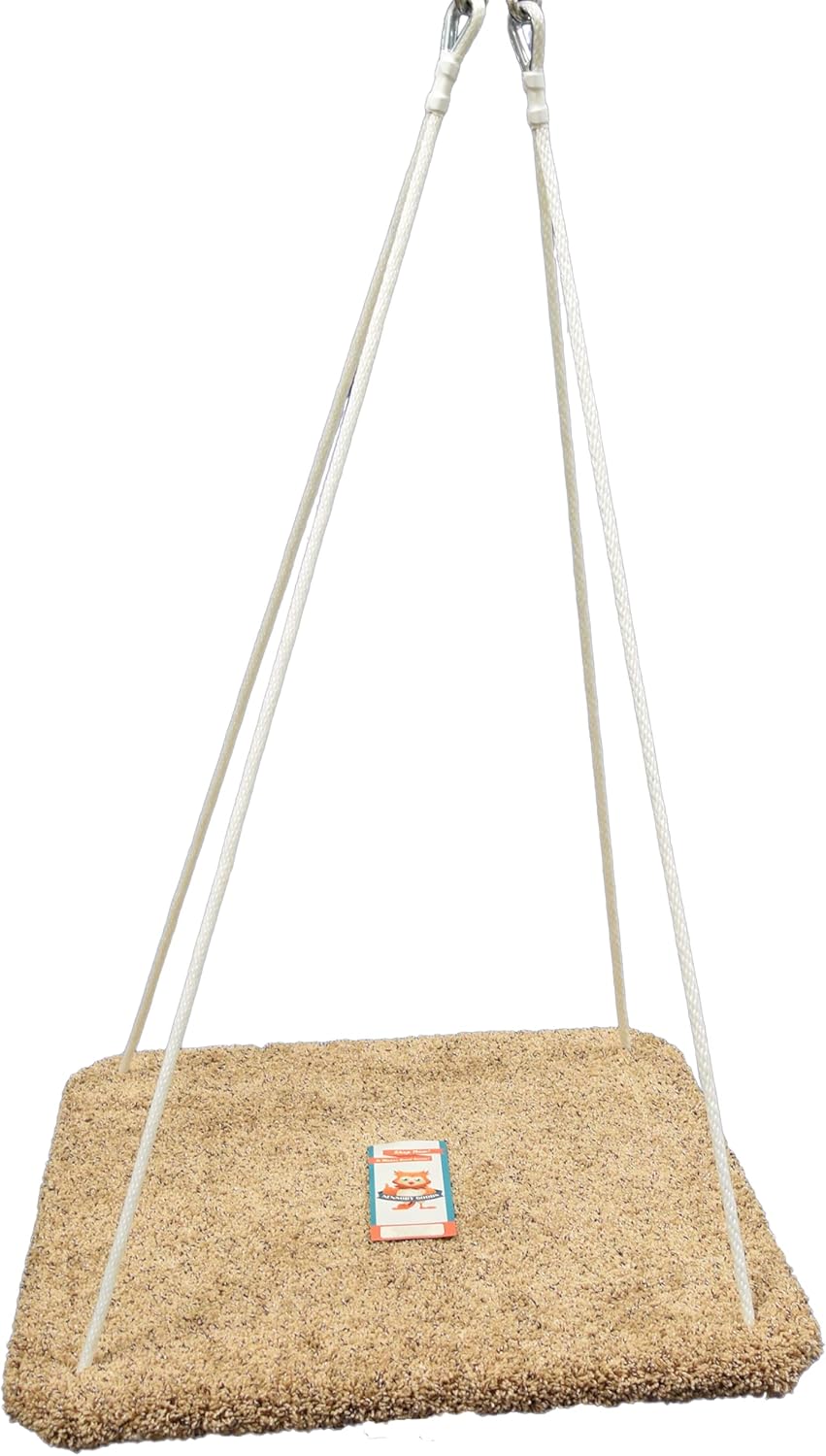
Amazon
Sensory Goods Platform Therapy Swing
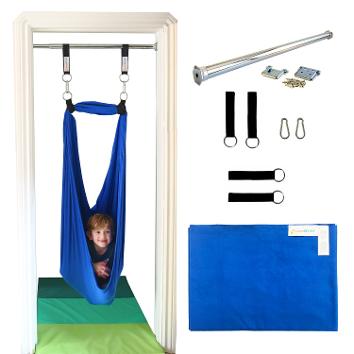
Amazon
Doorway Blue Therapy Sensory Swing
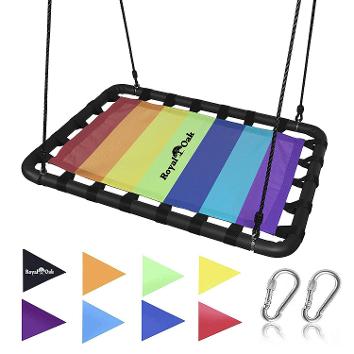
Amazon
Giant Sensory Platform Swing
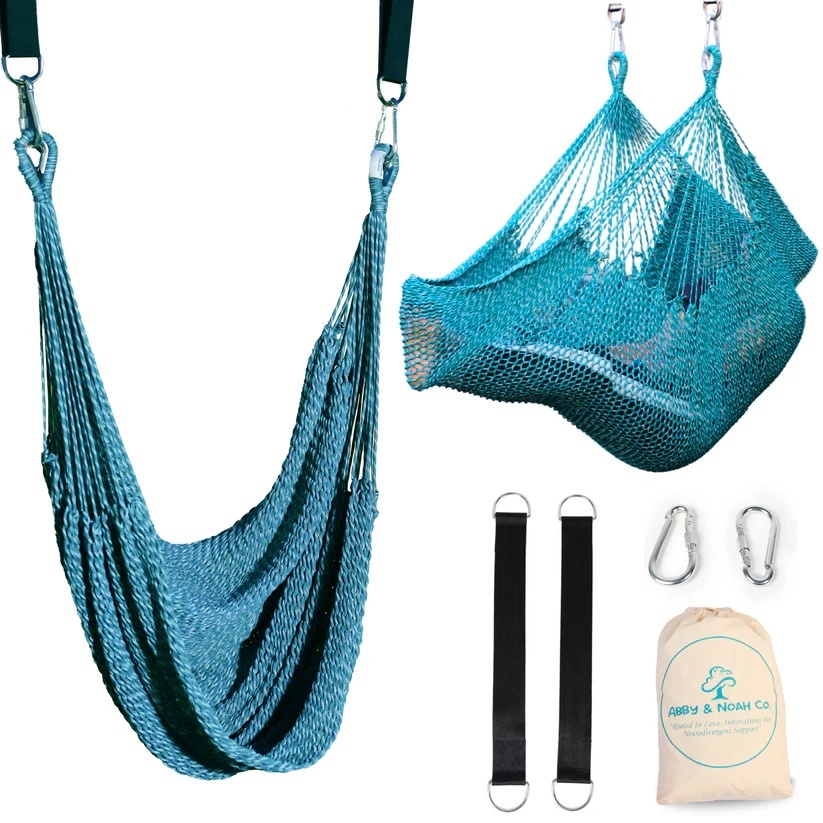
Abby & Noah Co.
Therapist-Designed Outdoor Sensory Swing
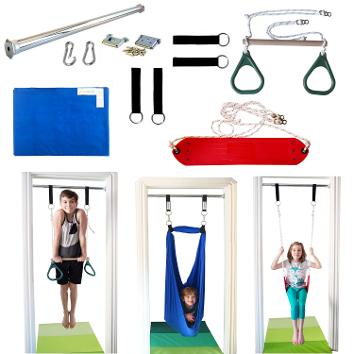
Amazon
Doorway Sensory Therapy Swing Combo Kit
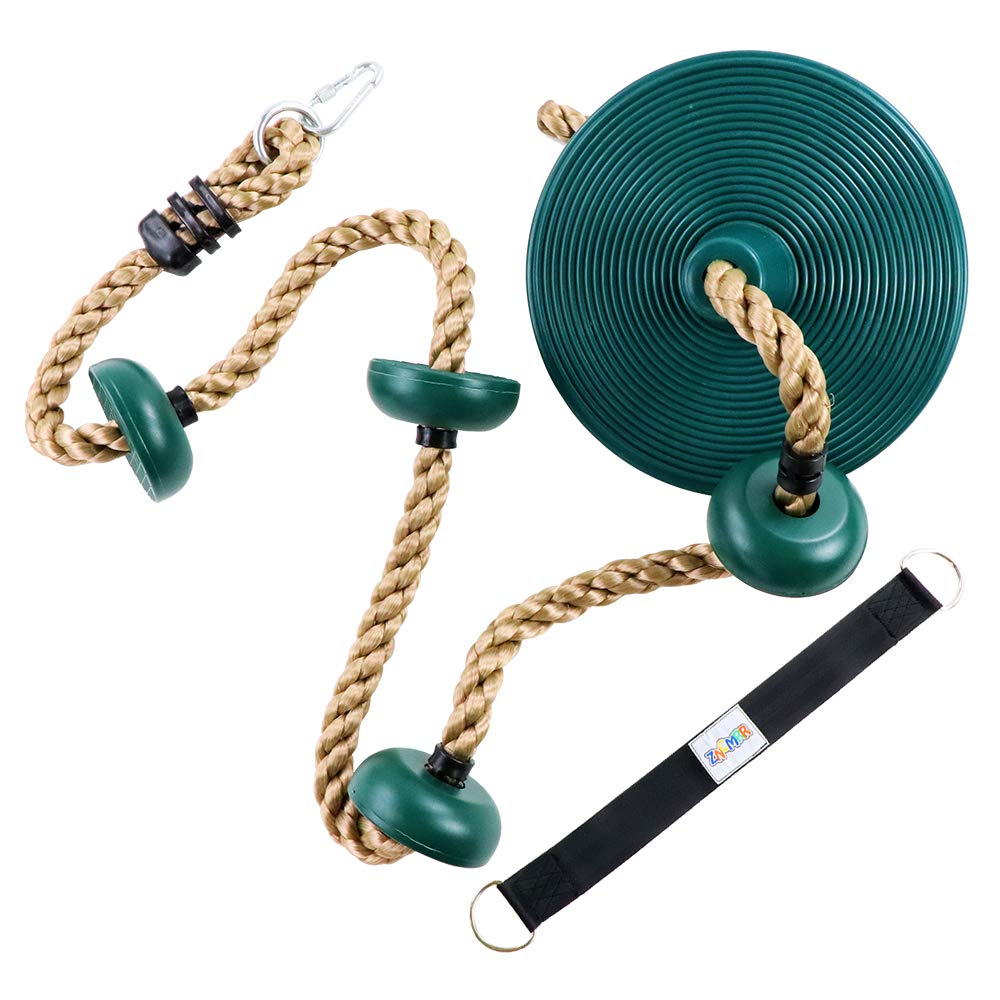
Amazon
Climbing Sensory Swing Rope with Platform
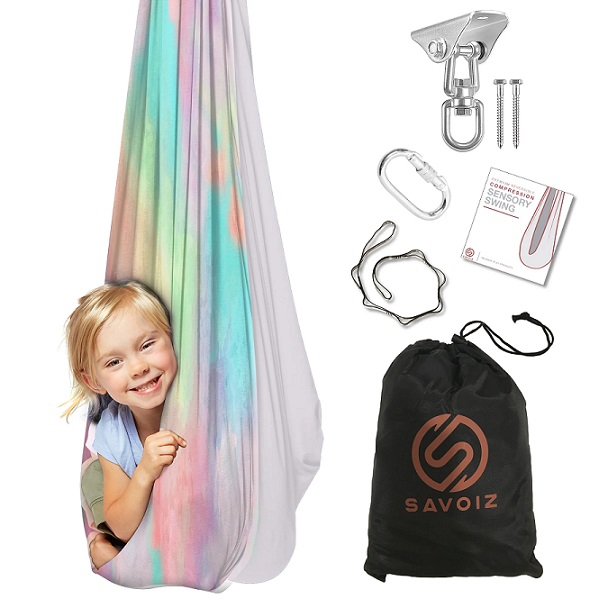
Amazon
Savoiz Tie Dye Therapy Sensory Swing
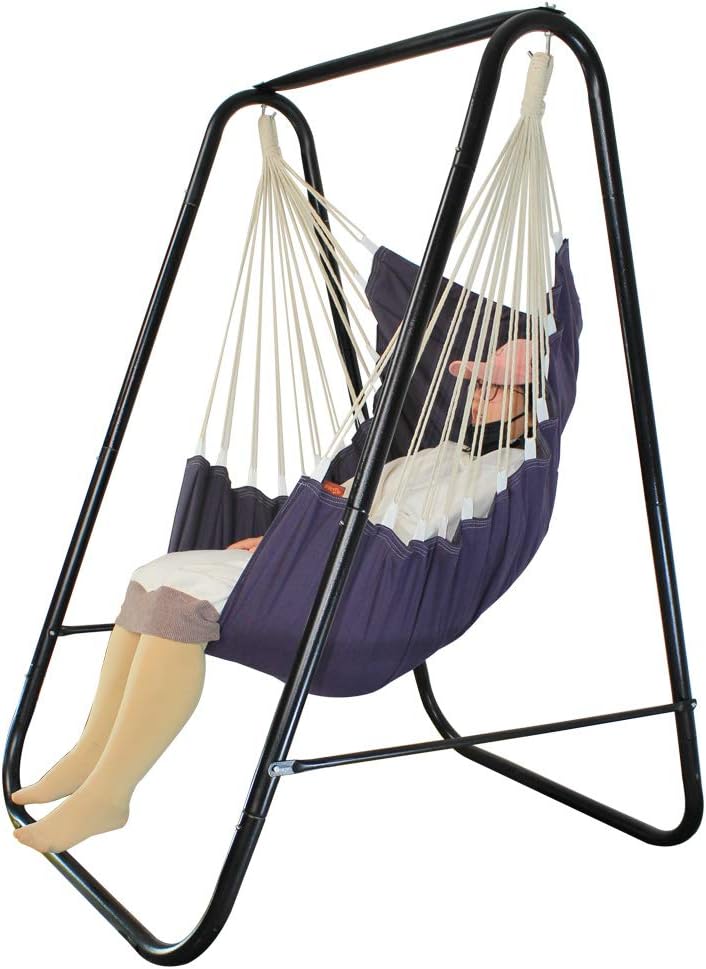
Amazon
Hammock Chair Stand with Hanging Swing
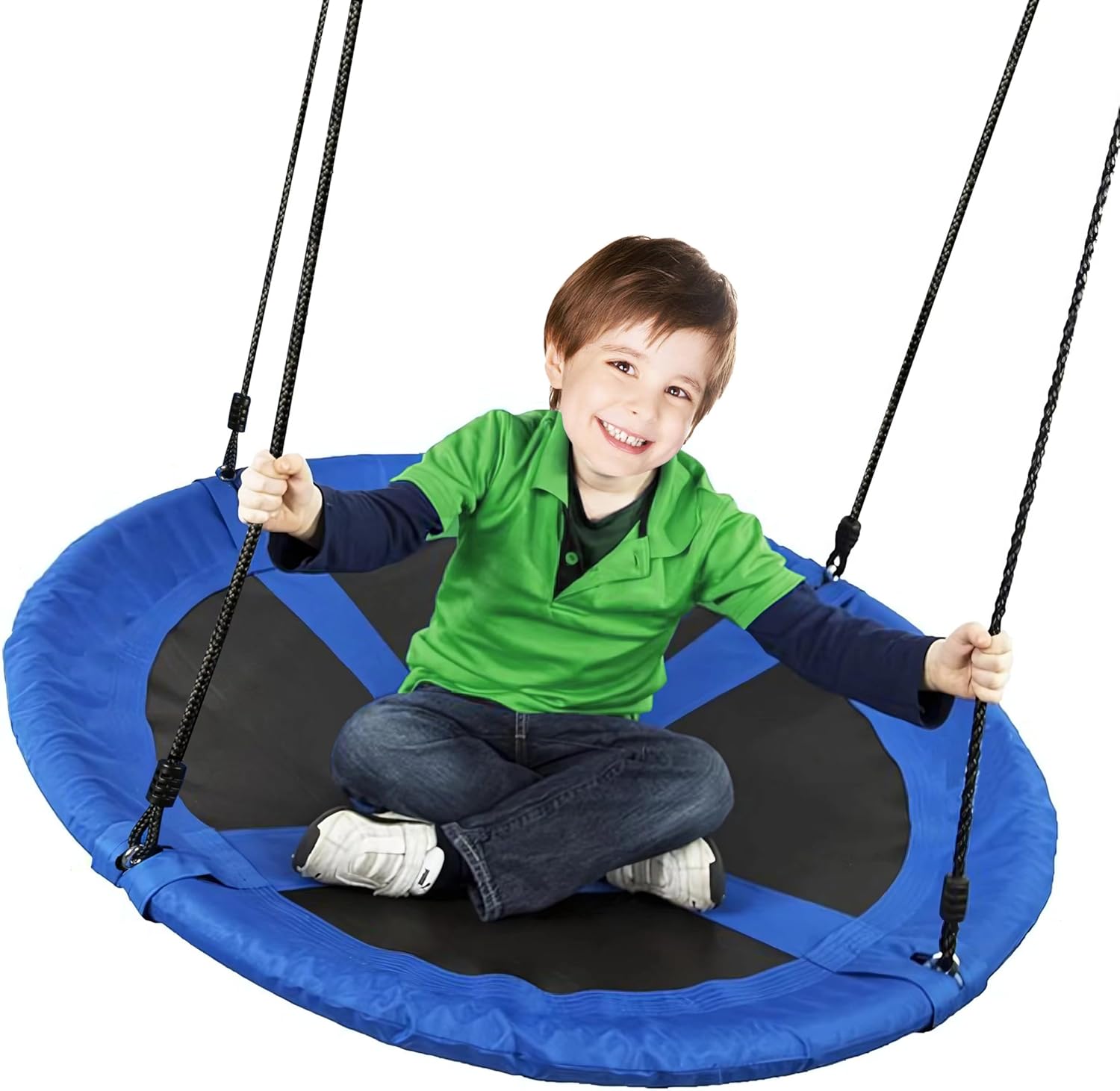
Amazon
Saucer Tree Swing 600lb Weight Capacity
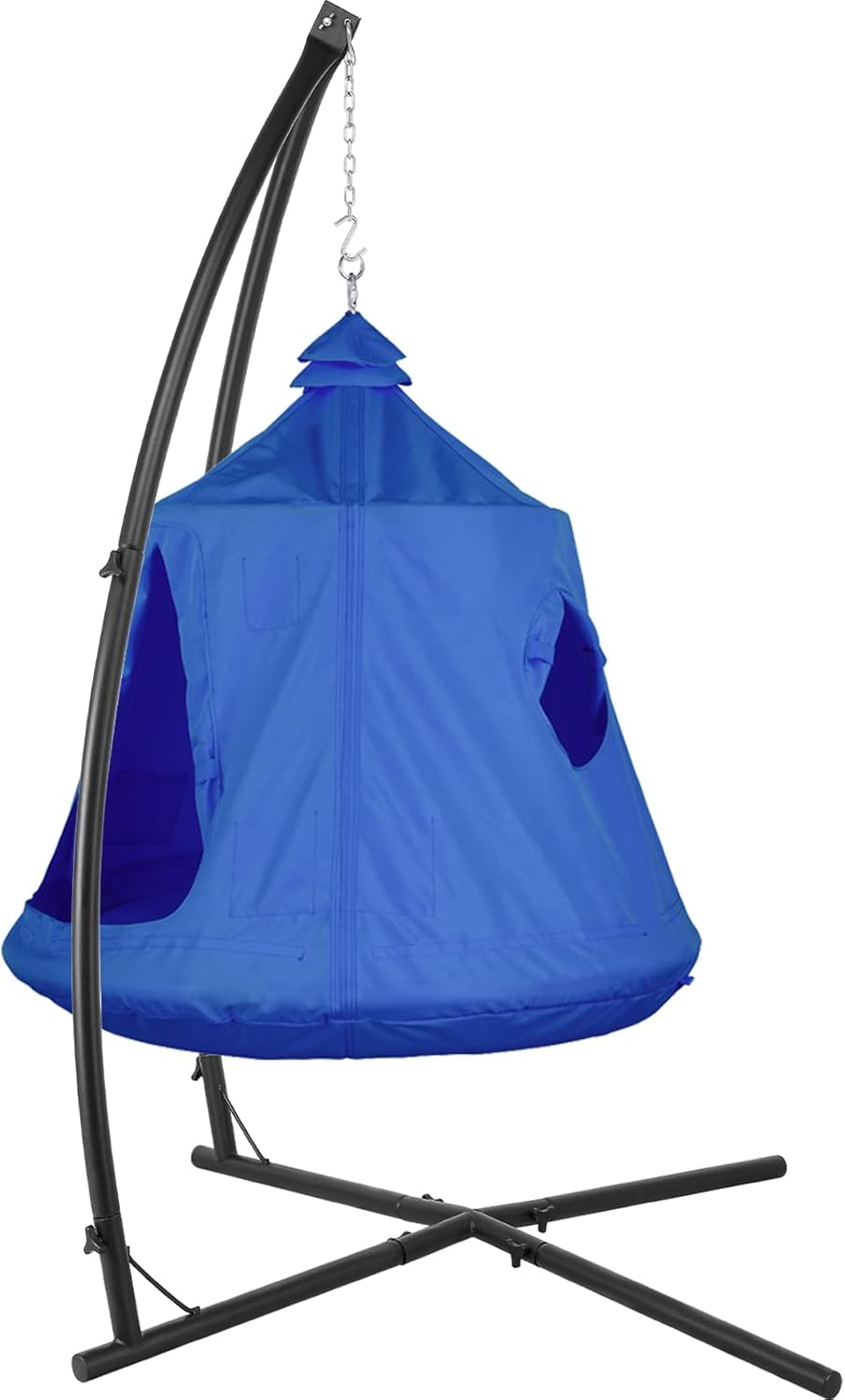
Amazon
Hanging Tree Tent with Swing Stand Canopy
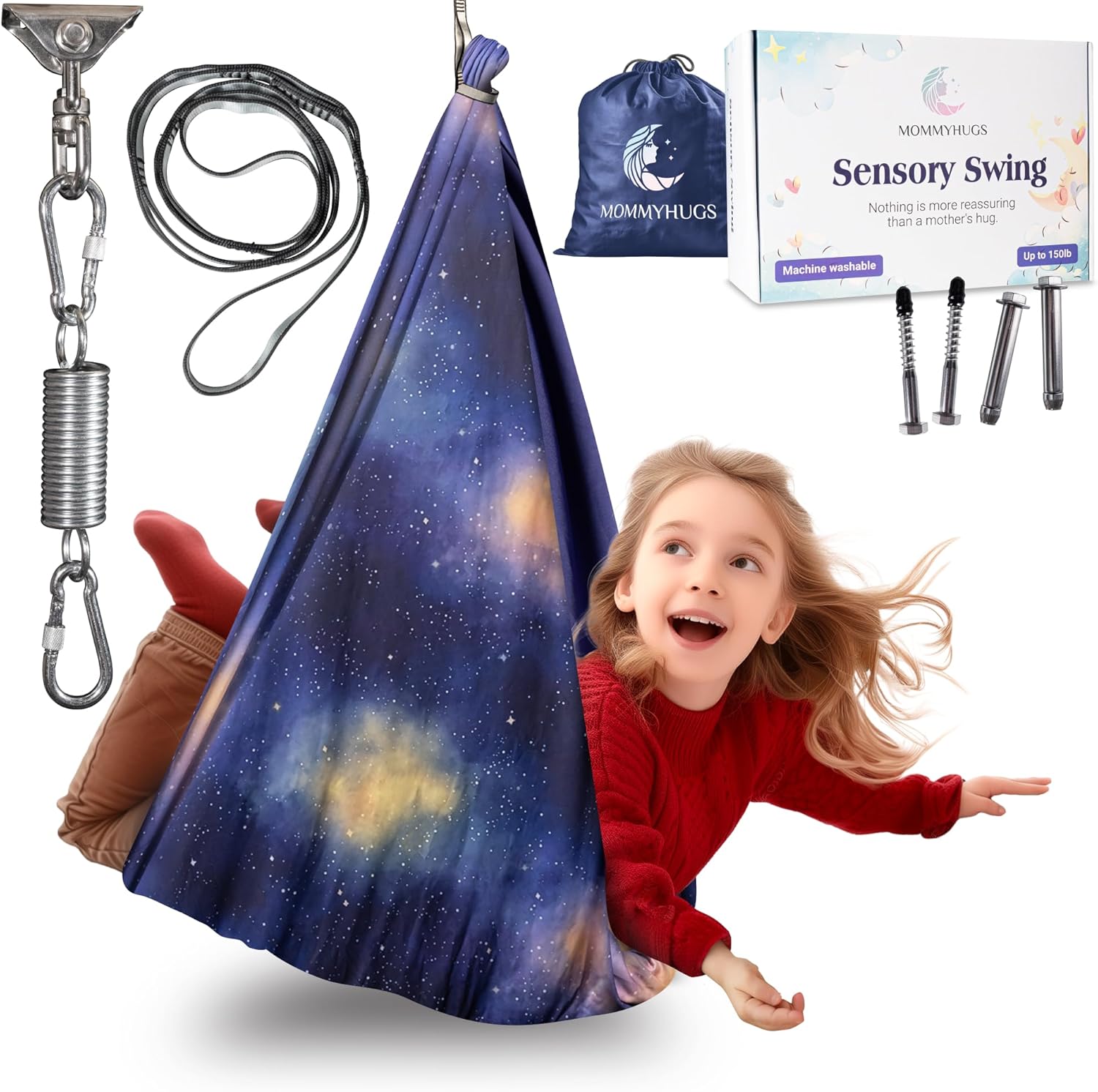
Amazon
Rebound Sensory Swing for Kids 360°Swivel
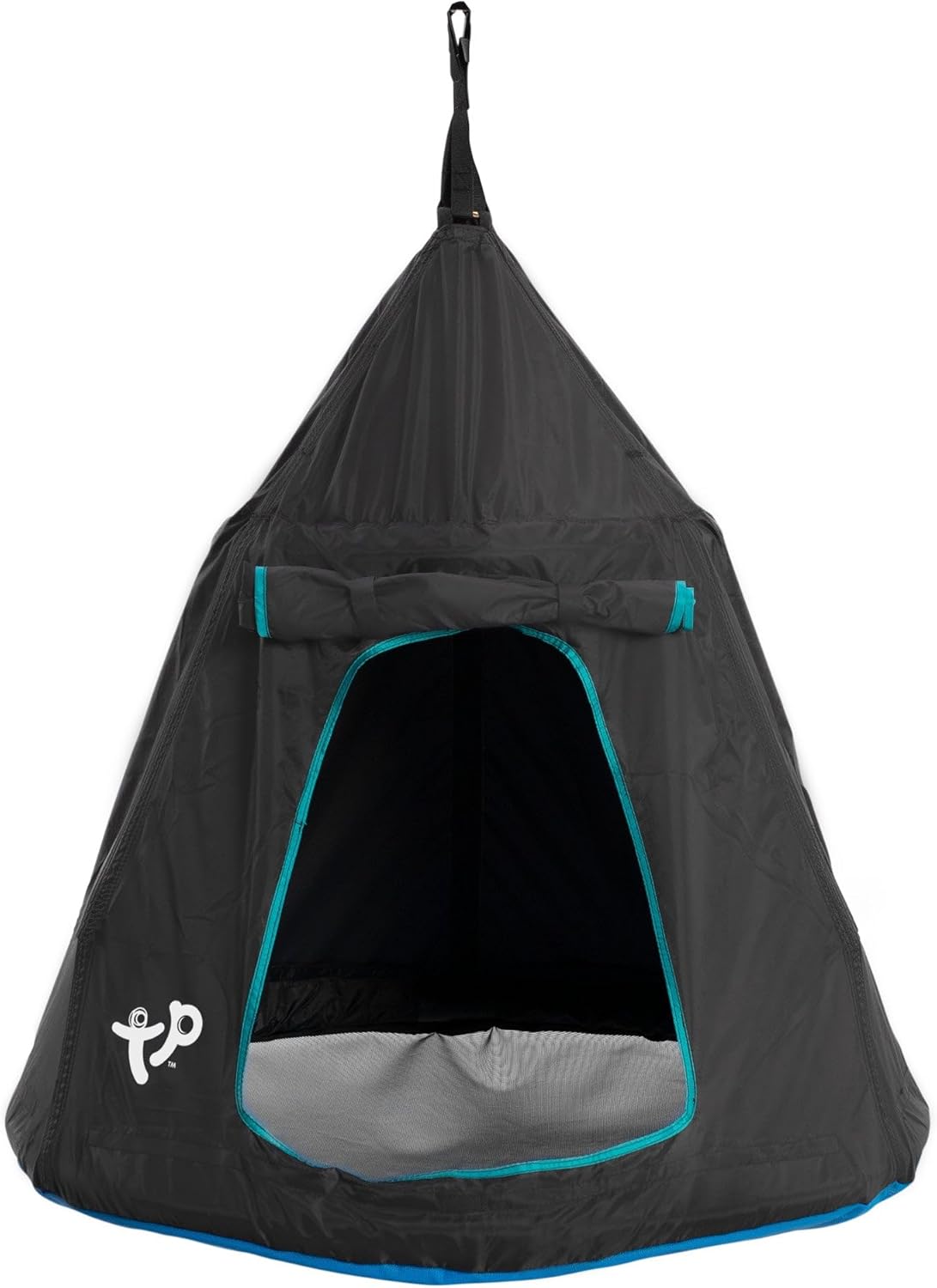
Amazon
Hanging Tent Fort Swing for Kids Tree Swing
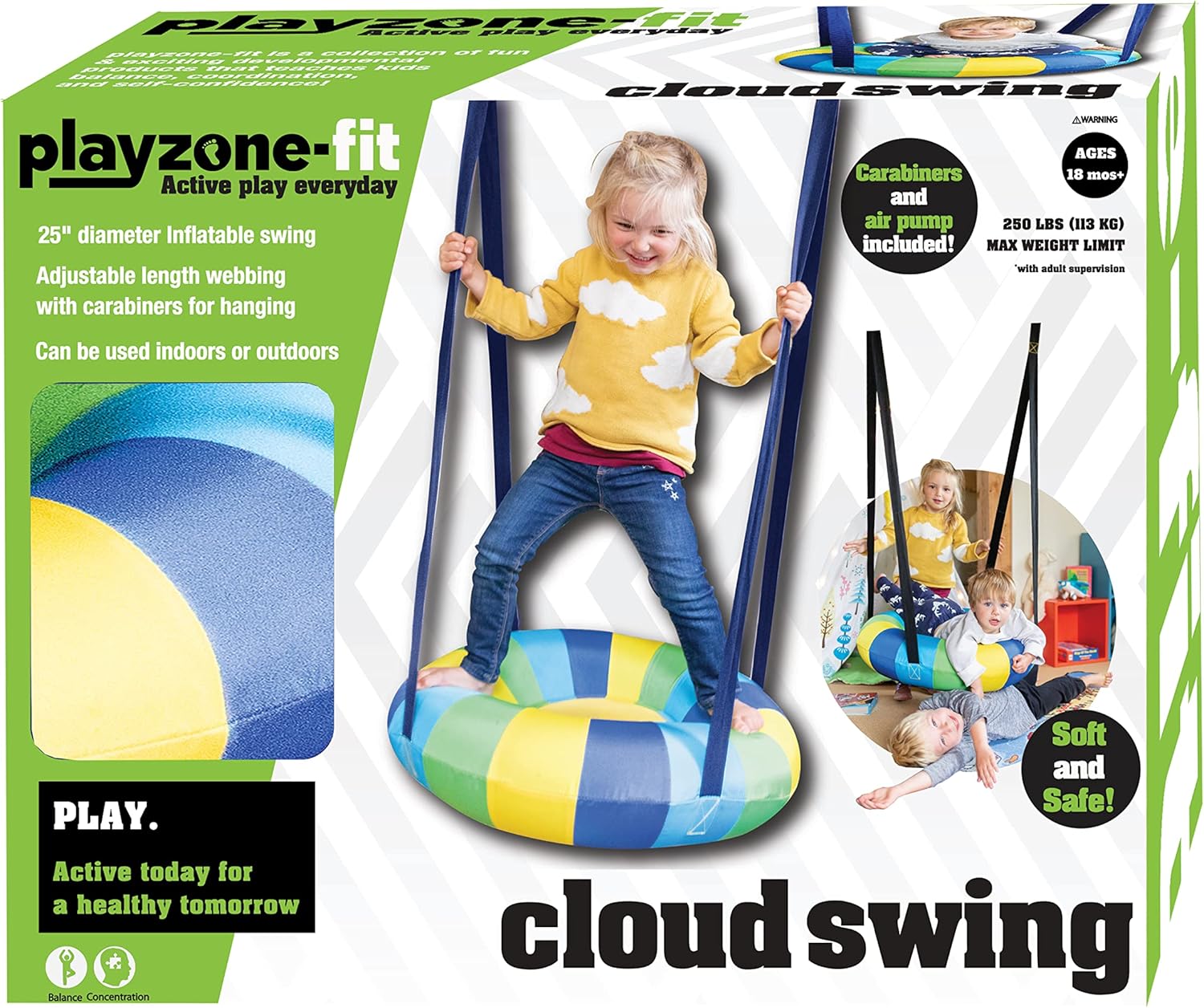
Amazon
Lightweight Cloud Swing Inflatable Swing
